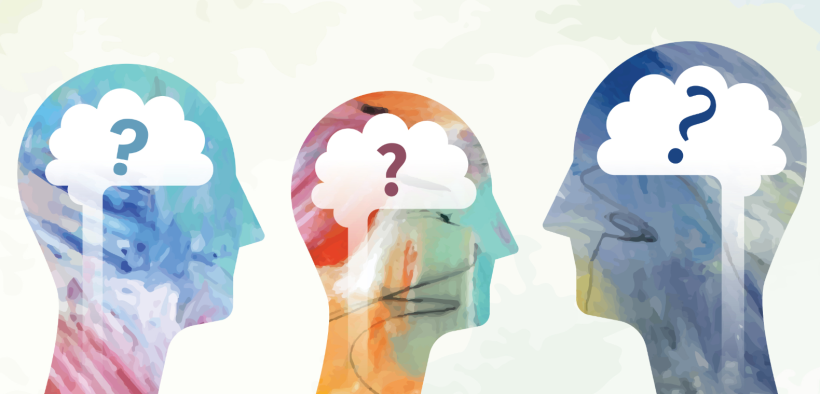“Welcome to class, and by the way, when you review the course syllabus, you will see that one-third of your mark will come from group work.”
For many of us teaching in a postsecondary setting, the course syllabus review that includes a component of group work is met with discourse and protest. “I don’t know anyone in the class,” “I prefer to work independently,” and “I’ve had trouble with groups in the past” are comments that I have heard a lot while teaching business students; I know my colleagues have experienced similar reactions. I also know that there is tremendous value to be gained from group work, and the capabilities that students acquire from this work tend to be essential across career streams. So, with this in mind, let’s help students build their capacity to be stronger group collaborators who can both contribute to and enjoy working in teams and groups.
Personality Intelligence Helps Build Classroom Collaboration

- Tags: group work, student collaboration
Related Articles
I have two loves: teaching and learning. Although I love them for different reasons, I’ve been passionate about...
Active learning is a mostly meaningless educational buzzword. It’s a feel-good, intuitively popular term that indicates concern for...
Perhaps the earliest introduction a student has with a course is the syllabus as it’s generally the first...
Generative AI allows instructors to create interactive, self-directed review activities for their courses. The beauty of these activities...
I’ve often felt that a teacher’s life is suspended, Janus-like, between past experiences and future hopes; it’s only...
I teach first-year writing at a small liberal arts college, and on the first day of class, I...
Proponents of rubrics champion them as a means of ensuring consistency in grading, not only between students within...







